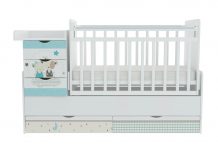Satin is a matter that used to be made only in China from silk threads. When it appeared in Europe, it was rightly considered a kind of silk. At the end of the 19th century, cotton was used instead of silk, and with the invention of artificial fibers, they were also used.
Material Content:
Satin - what is this fabric? General characteristics
The front side of this fabric is very smooth and shiny, and the inside is dense and rough. Gloss depends on the degree of twisting of the thread: the more it is twisted, the more elegant and brighter the material.
Satin fabrics have excellent performance characteristics:
- High hygroscopicity. The material absorbs moisture well from the skin and eliminates it.
- Ease. Matter is very light, thin and pleasant to the touch.
- Low thermal conductivity. The fabric maintains a normal temperature, so it will be comfortable in the same blouse at any time of the year. In winter, it keeps warm, and on hot summer days it gives a pleasant feeling of coolness and freshness.
- Wear resistance. Satin does not lose its gloss and elegant appearance for a very long time. The first changes appear only after 220-250 washings.
- Hypoallergenicity. Material made from natural raw materials is not electrified, does not cause irritation and allergic reactions.
Matter drapes well and generally looks very attractive. Among the shortcomings, it is worth mentioning the complexity of processing with independent sewing: the edges crumble strongly, and this complicates further work.
Classification of material for bedding
There are several classifications of this material depending on the characteristics of dyeing, fiber combination, density, production method and purpose.
According to the drawing
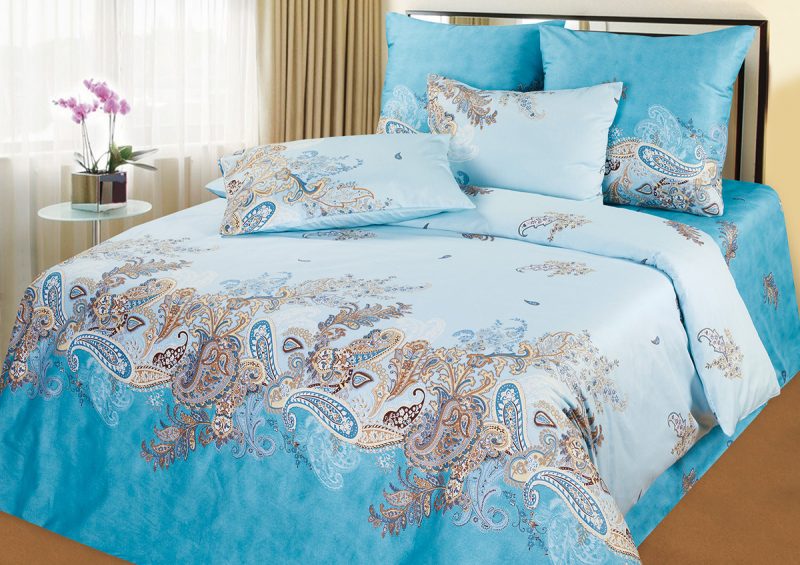
The main varieties of satin in the picture:
- Solid color. Represents a cloth of one color. The best option for sewing budget bedding and clothes.
- Printed. Canvas with a simple or intricate ornament. There are two ways to print. In the reactive method, the paint is fully connected with the threads, so the fabric retains its characteristics. Such matter will not be molted for sure. The pigment method suggests that the shade is applied only to the face, so this material often burns out and loses color when washed.
- ZD. A new kind of fabric with the effect of a three-dimensional pattern. The basis of such matter is rather rigid, since it is necessary to provide the desired ratio of image elements.
- Stripe satin. A variant of the jacquard subspecies. A characteristic feature is that on matter stripes alternate with a change in the direction of the threads. At the same time, both sides look equally attractive.
Of particular note is the jacquard-satin, which in appearance resembles a tapestry and has an interesting texture with a relief woven pattern. There is no clearly marked front and back side on such matter: it looks equally good on both sides, and their difference is that the shades of the pattern and background simply change.
Fiber origin
Previously, satin was made only from silk threads. But over time, fibers of different origin began to be used to produce this product.
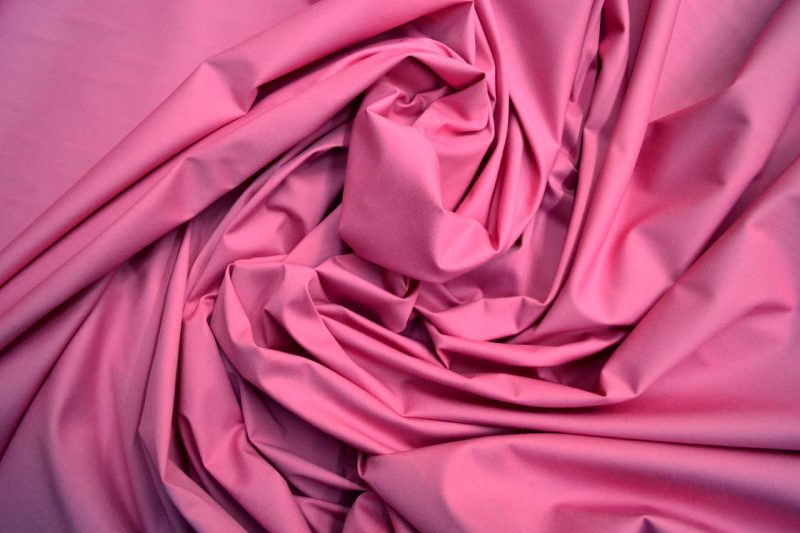
The most common groups are:
- Cotton. It consists exclusively of cotton raw materials.
- Satin satin. This look combines the positive characteristics of silk and cotton. Cotton is used for the inside, so its surface is rough and matte, for the face - silk, which shines with a beautiful sheen. Such fabric is a good choice for tailoring elegant clothes, curtains and tablecloths.
- Satin crepe. It differs from the previous type in that both natural and synthetic raw materials are used as a silk component. Most often, tablecloths, curtains, scarves are sewn from it.
- Blended. In addition to cotton fibers, artificial components are used. Adding polyester reduces cost and increases wear resistance.
- Satin double. Viscose and cotton fibers are combined. Often used as a lining.
Separately, it is necessary to say about such a variety as mako-satin. This material is made from the best long-fiber Egyptian cotton in the world. The fabric is considered the highest category of material, as it has a very high strength combined with lightness, tenderness and beauty. Clothing and linen made of such a fabric lasts at least 10 years, without losing its attractiveness. Performance also remains high.
By appointment
A person who does not know the combination of methods of weaving fibers is unlikely to figure out what the purpose of this or other matter is.
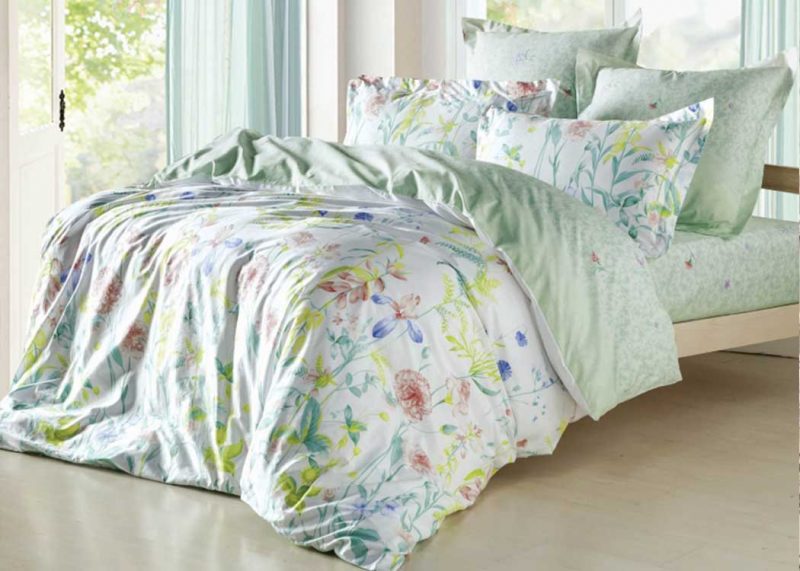
Classes of fabric by purpose:
- staple;
- corset;
- wardrobe;
- portiere.
For sewing clothes, the wardrobe type is often used.
Advantages and disadvantages of satin bedding
The main area of use of satin is the production of bed linen. This is facilitated by high wear resistance, durability and strength of the material, combined with its beauty and softness.
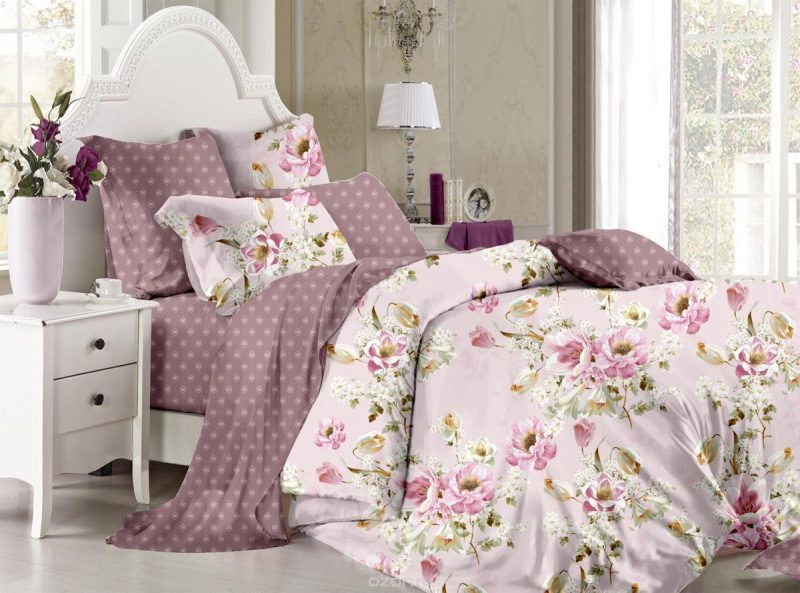
Satin bedding is not cheap, but has many advantages:
- Matter hardly wrinkles. Even if you slept on the bed for several days, just shake the sheet and duvet covers and they will look as if they had just been bedded. This is a big plus for those people who do not cover their bed with bedspreads.
- This underwear has a beautiful silky sheen. Due to this, it looks rich and elegant, although it costs much less than the notorious silk.
- Quality matter is durable and lasts a very long time. Even numerous washings do not affect the appearance of the product.
- The rough surface of the inside is good in that it does not slide like silk on a sofa or bed.
- The presence of natural cotton fibers allows air to circulate freely around the body.
- In winter, it is very comfortable to sleep on such linen, as it retains heat well. A silky and soft fabric provides a comfortable sleep.
Among the shortcomings, mention is made of the slipperyness of the material, so it is recommended to sleep on such linen in a cotton nightgown. It should also be noted that in extreme heat, linen does not give such coolness as silk. Otherwise, the best material for bedding can not be found.
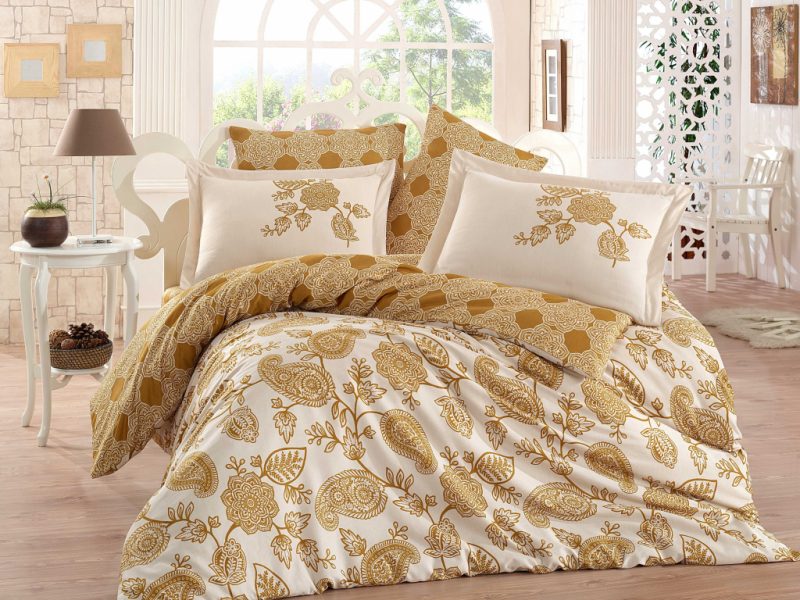
When choosing a set of underwear, you need to pay attention to the data indicated on the label, and the external characteristics. The fabric should never be visible. Qualitative matter has a high density, so when stretched, the hue and transparency do not change. The fabric should have a pleasant aroma, but not a pungent smell of paint. This symptom indicates the use of low-quality dyes.
Fabric care

In order for the satin bed linen to serve for a long time and not lose its attractive appearance, it is necessary to follow simple care rules:
- before washing, turn the duvet covers and pillowcases inside out, buttoning with buttons and zippers;
- wash the fabric manually or in the delicate wash mode;
- use only mild powders (aggressive detergents and bleaches are strictly prohibited);
- dry the fabric immediately after washing;
- Avoid direct sunlight while drying.
Colored linen must be washed separately from white or light, especially for the first washings.
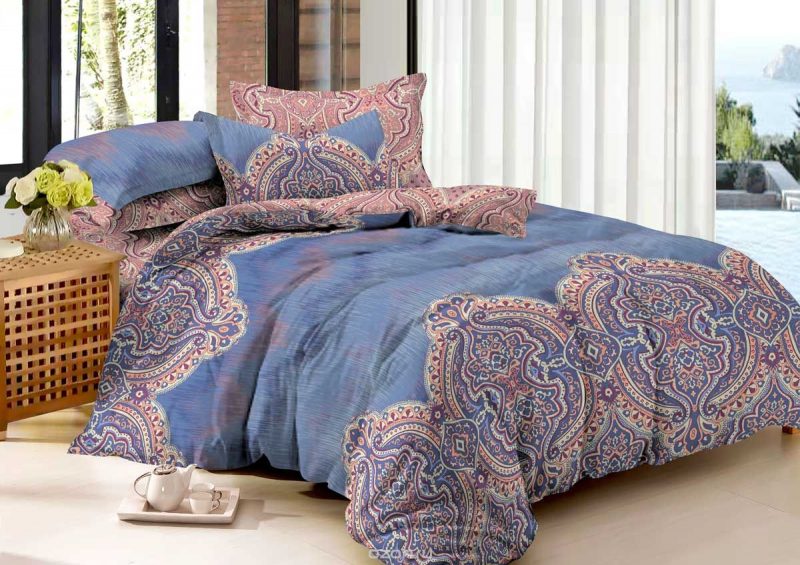
The fabric almost does not crease, so it’s quite possible to do without ironing. But the main reason is that when ironing, the fabric becomes clogged and stops passing air. Therefore, so that the fabric does not interfere with maintaining a normal temperature balance and air circulation, it should not be ironed at all.






